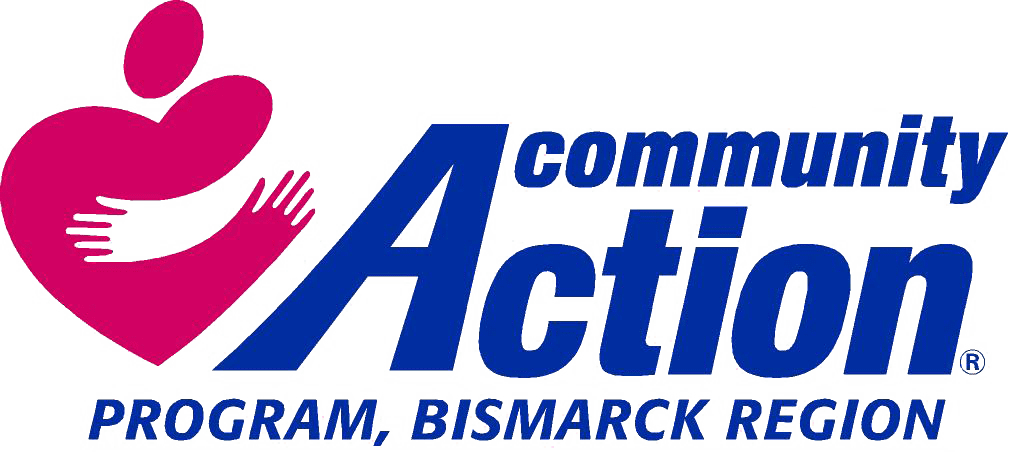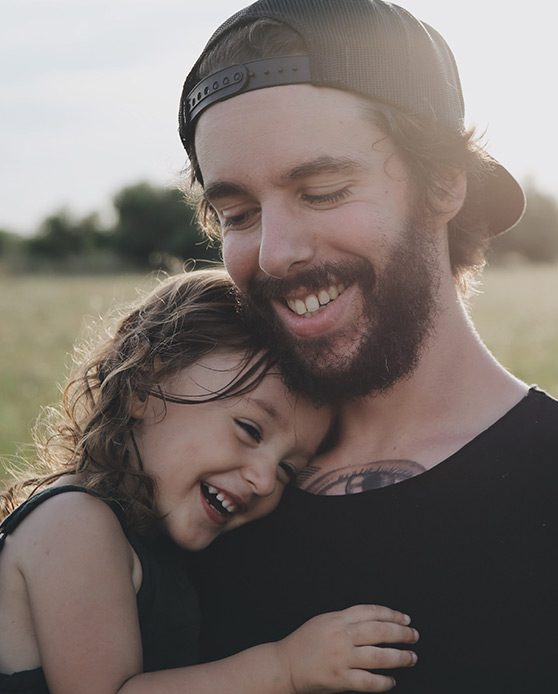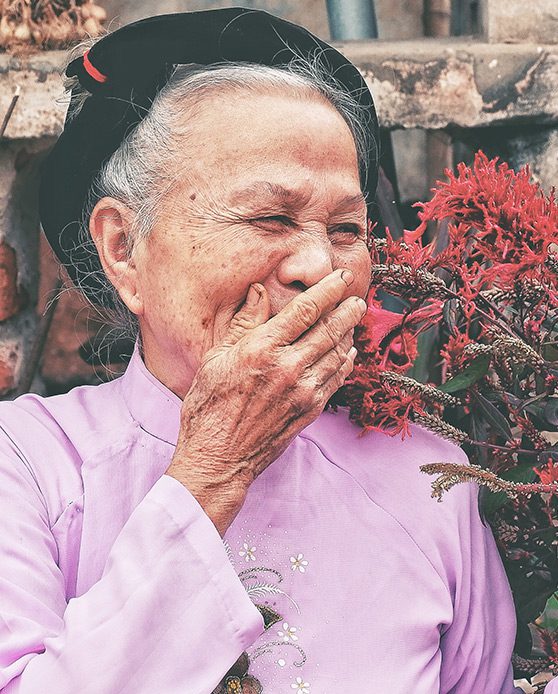Educating & Empowering People Today
to Improve Their Lives Tomorrow
The Promise of Community Action
Community Action changes people’s lives, embodies the spirit of hope, improves communities, and makes America a better
place to live.
We care about the entire community, and we are dedicated to helping people help themselves and each other.
We Are Here to Help
Having trouble making ends meet? We might be able to help.
Like What We Do?
Consider donating today.



